Royal marriages to commoners‚ once rare‚ have become increasingly accepted‚ blending fairy tale romance with real-life challenges. This guide explores the unique opportunities and obstacles commoners face when marrying into royalty.
1.1 Brief Overview of Royal Marriage Dynamics
Royal marriages to commoners have evolved significantly‚ shifting from rarity to acceptance in modern times. Historically‚ royals married within noble circles to secure alliances and maintain bloodline purity. However‚ contemporary attitudes have relaxed‚ allowing commoners to integrate into royal families. These unions often blend romance with scrutiny‚ as commoners navigate strict protocols‚ public attention‚ and lifestyle sacrifices. The transition involves adapting to royal etiquette‚ media pressure‚ and sometimes renouncing personal freedoms. Despite challenges‚ such marriages reflect societal progress‚ bridging gaps between royalty and ordinary citizens. Examples like Grace Kelly and Meghan Markle highlight the complexities and opportunities these relationships entail‚ proving that love can transcend traditional boundaries‚ even in the world of royalty.
1.2 Importance of Understanding Royal Protocols
Understanding royal protocols is essential for commoners entering a royal marriage‚ as these rules govern every aspect of royal life. From etiquette and public behavior to private interactions‚ protocols ensure the monarchy’s image remains intact. Commoners must adapt to strict traditions‚ such as addressing royalty correctly‚ following dress codes‚ and adhering to ceremonial procedures. Failure to comply can lead to public scrutiny and reputational damage. For instance‚ Meghan Markle faced intense media attention for her perceived deviations from royal norms. These protocols also extend to personal sacrifices‚ such as renouncing certain freedoms and career ambitions‚ as seen with Kate Middleton’s transition from a private life to a public role. Grasping these expectations is crucial for navigating the complexities of royal life and maintaining harmony within the family and its public image.
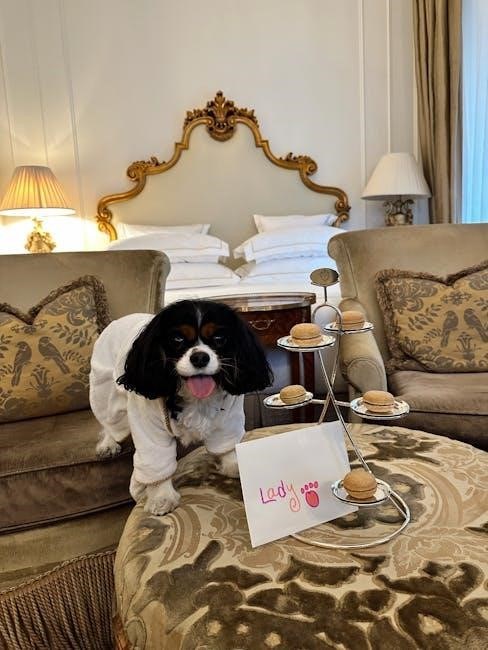
Historical Context of Royal Marriages
Royal marriages historically served as tools for political alliances‚ securing power‚ and strengthening kingdoms. They were rarely based on personal choice‚ emphasizing duty over love.
Morganatic marriages‚ where royals wed commoners‚ were often discouraged and penalized‚ highlighting the rigid social hierarchies of the past.
2.1 Traditional Royal Marriages and Their Significance

Traditional royal marriages were deeply rooted in political strategy and social hierarchy‚ serving as tools to forge alliances‚ secure territories‚ and strengthen royal lineage. These unions were often arranged‚ emphasizing duty over personal desire‚ and were crucial for maintaining power and stability within kingdoms. The significance of these marriages lay in their ability to unify nations‚ resolve conflicts‚ and ensure the continuation of royal bloodlines. Commoners were rarely considered suitable partners‚ as royal families sought to preserve their noble status and avoid diluting their lineage. This rigid system underscored the importance of maintaining social distinctions‚ with royals marrying within their class to uphold tradition and prestige. The historical context of these marriages highlights the enduring influence of monarchy on societal structure and the slow evolution toward modern‚ more inclusive union practices.
2.2 Morganatic Marriages: A Historical Perspective
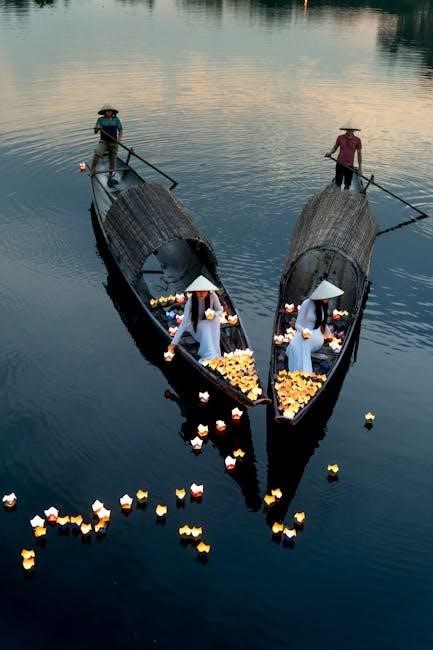
Morganatic marriages‚ historically common among European royals‚ were unions where a member of royalty married a commoner of lower rank. These marriages were often penalized‚ as they violated traditions of royal exclusivity. The term “morganatic” comes from the German word for “morning gift‚” referring to the dowry given to the commoner spouse. In such marriages‚ the commoner and their descendants typically did not receive royal titles or inheritance rights‚ preserving the purity of royal bloodlines. This practice reinforced social hierarchy and maintained the superiority of noble families. While rare‚ morganatic marriages allowed royals to marry for love without jeopardizing political alliances or dynastic continuity. However‚ they often led to unequal treatment and exclusion from royal privileges‚ highlighting the rigid class divisions of the time.
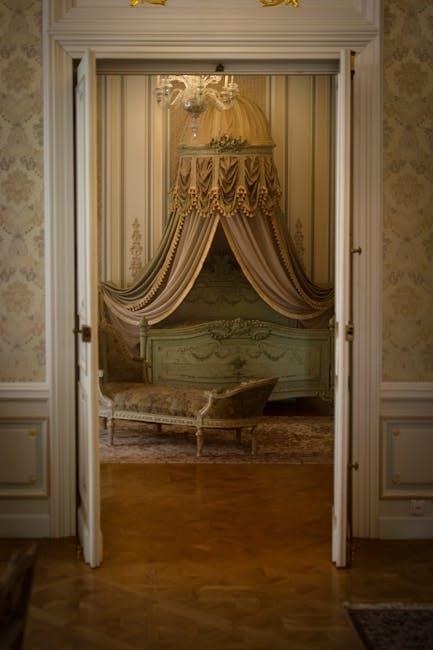
Modern Trends in Royal/Commoner Unions
Modern royal families embrace commoner marriages‚ reflecting societal changes. Love now often precedes duty‚ with unions like Prince William and Kate Middleton or Prince Harry and Meghan Markle symbolizing this shift.
3.1 Shift in Royal Attitudes Towards Commoners
The shift in royal attitudes toward commoners is evident‚ with modern monarchies embracing marriages outside noble circles. This change reflects evolving societal norms‚ where love and compatibility take precedence over traditional expectations. Royals now view commoners as equals‚ recognizing their unique qualities and contributions. For instance‚ Prince William and Kate Middleton’s marriage exemplifies this shift‚ as does Prince Harry and Meghan Markle’s union‚ which bridged cultural and social divides. These unions demonstrate a move away from strict royal protocols‚ allowing for more personal freedom in choosing partners. The acceptance of commoners into royal families highlights a broader cultural shift‚ where merit and individuality are valued over lineage. This transformation not only modernizes royal families but also strengthens their connection with the public‚ fostering a sense of relatability and inclusivity. As a result‚ the notion of “commoner” no longer carries the same stigma‚ and royal marriages now celebrate diversity and love beyond traditional boundaries.
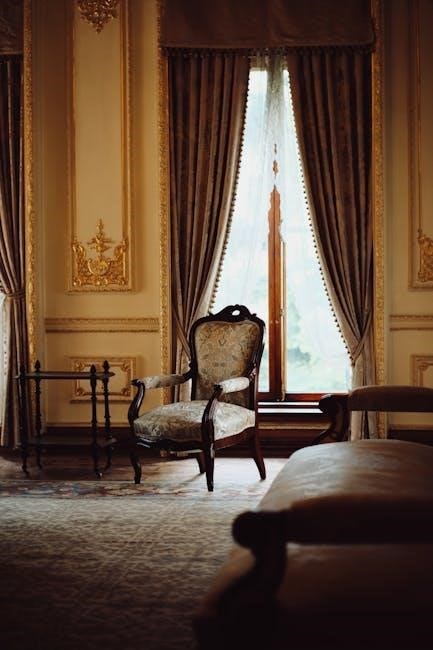
3.2 Famous Modern Examples of Royal/Commoner Marriages
Modern royal history is rich with examples of commoners marrying into royalty‚ redefining traditional norms. One notable example is Kate Middleton‚ who married Prince William in 2011. A former university student‚ Kate transitioned seamlessly into royal life‚ becoming the Duchess of Cambridge. Another prominent case is Meghan Markle‚ an American actress who wed Prince Harry in 2018‚ challenging racial and cultural barriers. Her journey highlights both the opportunities and challenges faced by commoners in royal circles. Additionally‚ Grace Kelly‚ a Hollywood star‚ married Prince Rainier of Monaco in 1956‚ embodying the classic fairy tale of a commoner becoming royalty. These marriages exemplify the evolving acceptance of commoners within royal families‚ blending modern love stories with centuries-old traditions. They inspire hope for those aspiring to cross social divides‚ proving that love can indeed bridge gaps between different worlds.

Challenges Faced by Commoners
Commoners face significant challenges when marrying into royalty‚ including loss of privacy‚ career sacrifices‚ and intense media scrutiny. Cultural adjustments and constant public attention add to the pressures of royal life.
4.1 Loss of Privacy and Public Scrutiny
Commoners who marry into royal families often face a devastating loss of privacy. Every aspect of their lives‚ from personal relationships to public appearances‚ becomes subject to intense media and public scrutiny. The transition from a private life to one under constant observation can be overwhelming. Meghan Markle‚ for instance‚ has spoken about the isolating effects of relentless media attention‚ while Kate Middleton’s every move has been documented since her engagement to Prince William. The public’s fascination with royalty often leads to invasive reporting‚ making it difficult for commoners to maintain any semblance of a normal life. This scrutiny extends to their families and friends‚ who may also face unwanted attention. The pressure to uphold a perfect public image further amplifies the challenges‚ as even minor missteps can lead to widespread criticism. For many‚ the loss of privacy and the constant glare of the public eye become one of the most difficult aspects of royal life to navigate.
4.2 Career Sacrifices and Lifestyle Changes
Commoners who marry into royalty often face significant career sacrifices and lifestyle adjustments. Meghan Markle‚ for example‚ ended her acting career and closed her lifestyle blog‚ The Tig‚ upon marrying Prince Harry. Similarly‚ Kate Middleton transitioned from her career in retail and marketing to embrace her royal duties full-time. These changes are frequently necessary to avoid conflicts of interest and to dedicate time to royal engagements. Lifestyle adjustments can be equally profound‚ as commoners must adapt to living in palaces‚ attending formal events‚ and adhering to strict royal protocols. While some find fulfillment in their new roles‚ others struggle with the loss of personal and professional autonomy. The shift from a private‚ independent life to one of constant public duty can be challenging‚ requiring a profound adjustment in identity and lifestyle. These sacrifices highlight the trade-offs commoners make when entering the royal world.
4.3 Media Pressure and Constant Attention
Marrying into royalty often thrusts commoners into the global spotlight‚ subjecting them to relentless media scrutiny. Every aspect of their lives‚ from fashion choices to personal behavior‚ becomes fodder for public consumption. Meghan Markle‚ for instance‚ faced intense media attention‚ with her every move analyzed and criticized. Similarly‚ Kate Middleton’s transition from a private citizen to a royal figure was closely monitored‚ with her wardrobe and public appearances heavily scrutinized. The constant glare of the media can be overwhelming‚ leading to stress and mental health challenges‚ as seen in the cases of Princess Mako of Japan and Meghan Markle. The pressure to maintain a perfect public image can strain relationships and complicate the adjustment to royal life. While some commoners adapt gracefully‚ the unrelenting media attention remains a significant challenge in their journey as members of a royal family. The loss of privacy and the constant need to conform to public expectations can be daunting‚ even for those who initially embrace their new roles.
4.4 Cultural and Social Adjustments
Marrying into royalty often requires significant cultural and social adjustments for commoners. Transitioning from a private life to one governed by strict protocols and traditions can be daunting. Commoners must learn intricate etiquette‚ formal customs‚ and diplomatic behaviors‚ which can feel foreign to those unaccustomed to such norms. For example‚ Meghan Markle and Kate Middleton both faced steep learning curves adapting to royal protocols. Additionally‚ cultural differences may arise‚ especially in monarchies with deeply rooted traditions. Commoners may also need to navigate societal expectations‚ balancing their personal identity with their new royal role. This adjustment is further complicated by the loss of privacy and the constant scrutiny of their actions. The shift can be overwhelming‚ requiring resilience and adaptability to thrive in a highly visible and structured environment. These challenges highlight the profound changes commoners undergo when joining a royal family‚ far beyond the romantic fairy tale narrative. The journey demands a deep commitment to embracing an entirely new way of life.
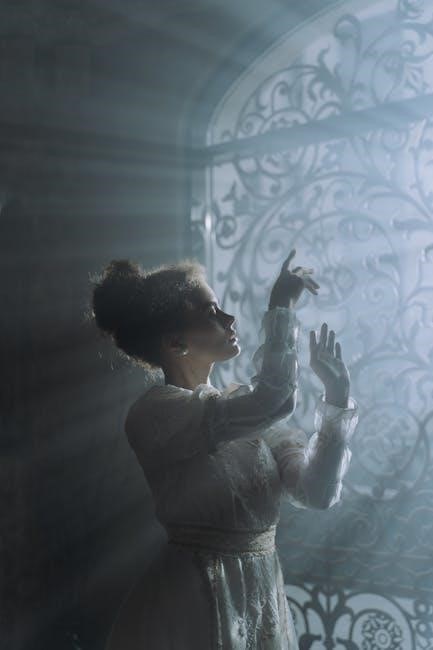
Legal and Social Implications
Marrying a royal often involves title changes‚ citizenship adjustments‚ and legal obligations. Commoners may gain noble titles but must sometimes renounce their original citizenship‚ as seen historically in various royal marriages.
5.1 Title Changes and Royal Status
Marrying into royalty often results in significant title changes for commoners. Upon marriage‚ they may receive noble titles such as Earl‚ Viscount‚ or Duchess‚ as seen with Meghan Markle‚ who became the Duchess of Sussex. However‚ the title of Princess is typically reserved for those born into royalty‚ like Princess Charlotte. Men in the British monarchy can inherit titles through marriage‚ but women rarely receive the same privilege. Commoners marrying into European royal families may face stricter rules‚ sometimes being denied any title altogether. Additionally‚ renouncing original citizenship or adopting new legal obligations is common‚ as seen in cases like Hope Cooke‚ who married an Indian prince and relinquished her American citizenship. These changes reflect the complex interplay of tradition‚ law‚ and social expectations in royal marriages‚ highlighting the sacrifices and adaptations required when a commoner enters royal life.
5.2 Citizenship Issues and Legal Requirements
Citizenship and legal requirements play a crucial role when a commoner marries into royalty. Many countries demand that the commoner renounce their original citizenship or adopt dual nationality‚ as seen with Meghan Markle‚ who retained her American citizenship while becoming a British duchess. Legal frameworks vary widely; for instance‚ Japan’s Imperial Household Law mandates that female royals who marry commoners must relinquish their royal status‚ as Princess Mako experienced. In contrast‚ British law allows commoners to maintain their citizenship while gaining royal titles‚ though they may face tax implications. These legal adjustments underscore the sacrifices commoners must make‚ balancing personal identity with royal obligations. Compliance with such requirements ensures the marriage’s legitimacy and the continuity of royal lineage‚ making legal considerations a cornerstone of modern royal-commoner unions.
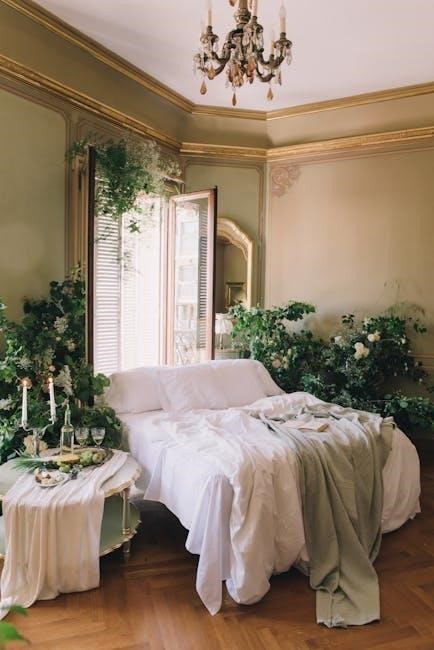
Notable Commoners Who Married Royals
Commoners like Grace Kelly‚ Meghan Markle‚ and Kate Middleton have captivatingly transitioned into royal life‚ inspiring modern fairy tales and redefining royal marriage norms with their unique backgrounds and adaptability.
6.1 Grace Kelly: A Hollywood Star’s Royal Journey
Grace Kelly‚ a renowned Hollywood actress‚ captivated audiences with her elegance and talent; Her life took a dramatic turn when she met Prince Rainier III of Monaco at the Cannes Film Festival in 1955. Their romance blossomed‚ leading to a fairytale wedding in 1956‚ which became a global sensation. Kelly retired from acting to embrace her new role as Princess of Monaco‚ dedicating herself to royal duties and philanthropy. Her transition from a Hollywood star to a beloved royal figure showcased her adaptability and grace. Kelly’s story exemplifies how a commoner can seamlessly integrate into royalty‚ leaving a lasting legacy in both worlds.
6.2 Meghan Markle: Navigating Royal Life
Meghan Markle‚ an American actress‚ captured global attention when she married Prince Harry in 2018. Her journey from a successful acting career to becoming the Duchess of Sussex was a modern-day fairy tale. However‚ the transition was not without challenges. Meghan faced intense media scrutiny‚ with her every move being analyzed and criticized. She also had to adapt to the strict protocols of royal life‚ which often required sacrificing personal freedoms and career ambitions. Despite these hurdles‚ Meghan embraced her role‚ using her platform to advocate for women’s rights and mental health awareness. Her marriage to Prince Harry marked a significant shift in the British monarchy’s acceptance of commoners‚ though it also highlighted the pressures and sacrifices that come with joining the royal family. Meghan’s story is a testament to the complexities of navigating royal life as a modern-day commoner;
6.3 Kate Middleton: From Commoner to Duchess
Kate Middleton’s journey from a commoner to the Duchess of Cambridge exemplifies the modern evolution of royal marriages. Meeting Prince William at university‚ Kate’s relationship with the future king gradually shifted perceptions about royal unions. Her background‚ though not aristocratic‚ provided a relatable image‚ endearing her to the public. Upon marriage‚ Kate seamlessly adapted to royal duties‚ balancing tradition with modernity. She became known for her charitable work and timeless fashion sense‚ earning widespread admiration. The birth of her three children solidified her role within the monarchy. Kate’s transition highlights the challenges commoners face in royal life‚ including media scrutiny and lifestyle adjustments. Yet‚ her grace and dedication have made her a beloved figure‚ proving that a commoner can thrive in the royal world while maintaining her identity. Her story is a beacon of hope for others aspiring to bridge the gap between royalty and everyday life.

The Future of Royal/Commoner Marriages
The future of royal/commoner marriages looks promising as royal families adapt to modern norms‚ embracing diversity and public acceptance‚ with media fostering a more inclusive view of non-traditional unions globally.
7.1 Changing Royal Families and Traditions
Modern royal families are evolving‚ embracing commoner marriages as a way to connect with their subjects. This shift reflects broader societal changes‚ where diversity and inclusivity are valued. Traditionally‚ royal marriages were strategic alliances between noble families‚ but today‚ love and compatibility take precedence. The integration of commoners has brought fresh perspectives‚ modernizing monarchies and making them more relatable. For instance‚ the British royal family has seen marriages like Prince William and Kate Middleton‚ as well as Prince Harry and Meghan Markle‚ which have helped bridge the gap between royalty and the public. Similarly‚ other European monarchies‚ such as those in Denmark and Sweden‚ have welcomed commoners into their ranks. These changes not only strengthen the monarchy’s relevance but also pave the way for a more inclusive future‚ where royal duties and personal happiness coexist harmoniously. This gradual transformation ensures that royal families remain vital and resonant in contemporary society.
7.2 Public Acceptance and Evolving Norms
Public acceptance of royal-commoner marriages has grown significantly‚ reflecting evolving societal norms. Modern audiences increasingly value love and personal choice over strict tradition‚ making such unions more relatable and acceptable. The media plays a crucial role in shaping perceptions‚ often romanticizing these marriages as fairy tales. However‚ scrutiny and criticism still exist‚ particularly when commoners navigate royal protocols and cultural expectations. Despite challenges‚ the general public has shown support for couples like Kate Middleton and Meghan Markle‚ who embody modernity and diversity. This shift highlights a broader acceptance of non-traditional partnerships‚ fostering a more inclusive view of royalty. As societal norms continue to evolve‚ public acceptance of commoners marrying into royal families is likely to strengthen‚ further modernizing monarchies and their connection to the people they serve.

